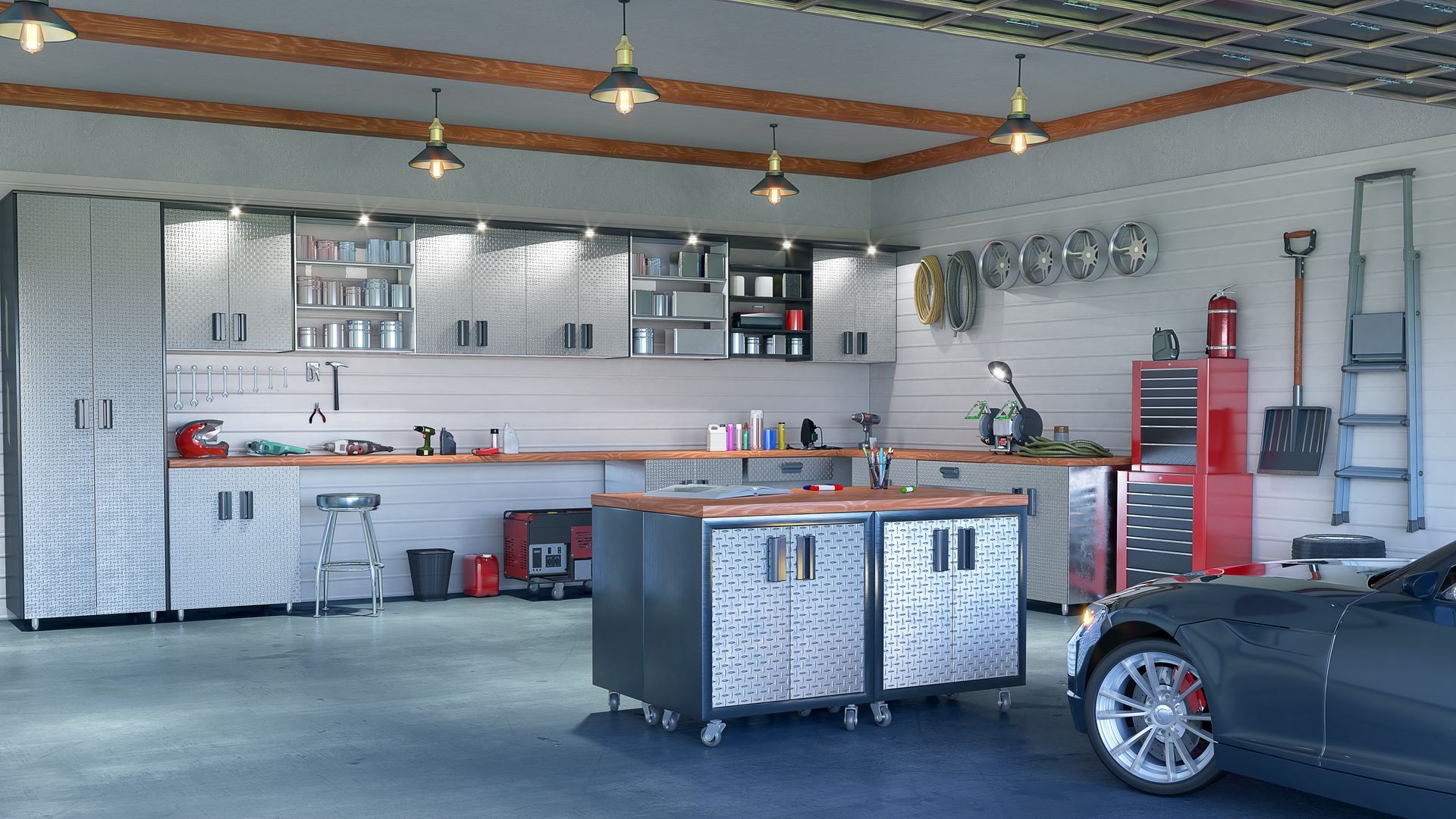Are Radiant Infloor Heating Systems Worth the Cost?
September 19, 2018

Have you ever been to a home or building with heated floors? Even on a chilly winter evening, your feet feel warm. The air around you feels comfortable, not drafty. Some homeowners find heated floors a necessity, while others think they’re an expensive and frivolous feature. Let’s consider the pros and cons of radiant infloor heating.
Advantages
Energy Efficiency
Traditional boiler and forced air systems heat the nearest area of space. The radiator can have an internal temperature between 159-167 degrees Fahrenheit just to heat up a room. By the time the warm air makes its way to the other side of the room, the air cools below the programmed temperature. Depending on the location and size of the room, a radiator or forced air can create inconsistent temperatures.
Infloor heating covers the entire floor. Heat rises, so no matter where you walk, the room will reflect the correct temperature. Furthermore, the source typically heats up between 80 – 90 degrees. Best of all, radiant heat can save 15 to 40 percent on energy bills because of its efficient technology.
Minimal Maintenance
Did you know you should have your furnace checked once a year, as well as change your air filter multiple times a year? Service visits costs add up, especially if your heating system needs replacement parts. There are no maintenance costs with radiant infloor heating, and some brands guarantee their product for decades!
Space
Boiler systems and forced air take up space. Boiler radiators reduce physical space in a room and can create challenges with furniture placement. Forced air systems make use of ceiling, wall, and floor space for ducts and vents. With infloor heating, the flooring conceals all equipment, allowing for an open, spacious feel.
Comfort
We all have experienced the shocking feeling of bare feet on a cold floor during the winter. With radiant infloor heating, your feet will feel cozy all winter long, even without socks.
Versatility
Infloor heating works with all floor types: wood, stone, tile, carpet, laminate, and more.
Safety
Radiators can pose safety hazards and cause injuries such as burns and cuts. In addition, forced air reduces oxygen and the thermal circulation kicks up dust, which can aggravate allergies, asthma, and other respiratory conditions. Radiant heat keeps air fresh and oxygen-rich and dust out of the air.
Disadvantages
Electric heating installation costs $10 to $20 per square foot. Connecting the system to your power supply adds an extra few hundred dollars to the bill. Another disadvantage—the process takes one to two days to dry, because of leveling compound that tops the thermal mat. Water-based systems cost more than double that of electric heating and require installation during the build phase of a new home. Lastly, radiant infloor heating adds about half an inch to the floor. Experts recommend using insulation boards underneath, increasing height by approximately an inch more.
Many homeowners say that the advantages of infloor heating outweigh the disadvantages, and the cost of installation is ultimately worth it. You don’t need to build a new home to try radiant infloor heating. If it’s time to remodel your bathroom or basement, look into infloor heating for added comfort, improved energy efficiency, and increased resale value.
Contact WestAIR Heating & Cooling to learn more about installing radiant infloor heating.
Search Blog Posts
Categories



